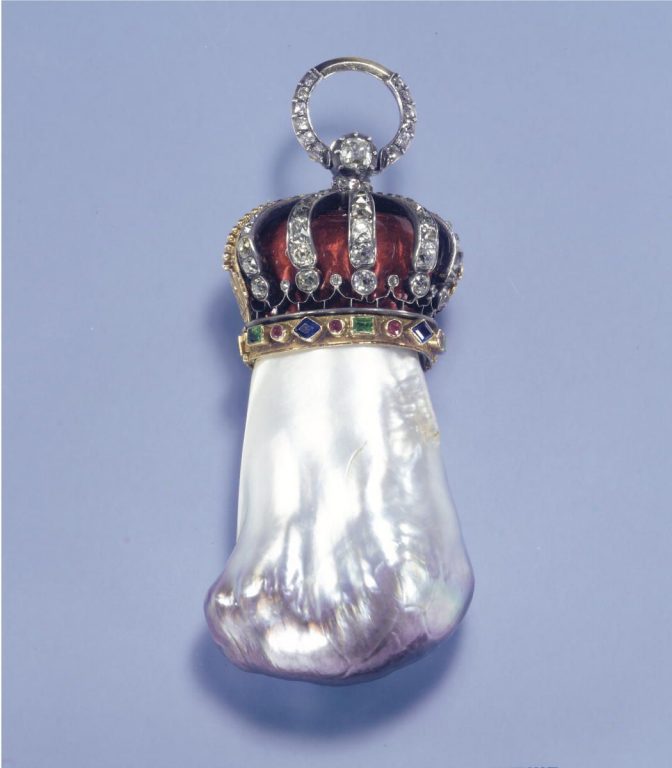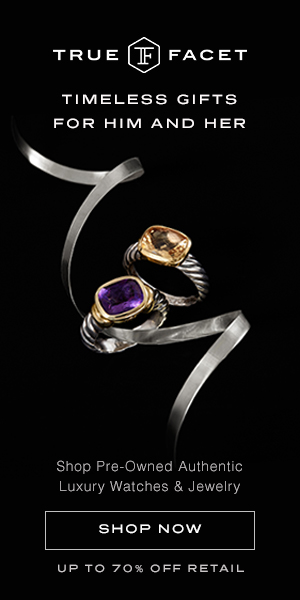All About Pearl: The June Birthstone
The primary birthstone for the month of June is the often imitated but not quite duplicated gem that we know and love, the pearl.
The Origins and Cultural Significance of Pearls
The world pearl in English derives from the French perle, originally from the Latin perna meaning “leg”—a weird connection, but it actually references the “mutton-legged bivalve”, otherwise known as the mollusk that creates pearls.
Pearls are produced within the mantle (the soft inner tissue) of a living shelled mollusk, though they can also form in other creatures. They are composed of calcium carbonate in minute crystalline form, which has been deposited in concentric layers.
Often referred to as the “Queen of Gems,” the pearl has a history that reaches far beyond what many jewelry lovers today may realize. A natural pearl necklace comprised of perfectly round pearls that matched in color and size was looked upon as a rare treasure and often grouped in with some of the most expensive jewelry in the world.
According to author and gemologist George Frederick Kunz, an ancient fish-eating tribe that possibly lived somewhere along the coast of the Indian Ocean initially sought the shape and luster of pearls, which they discovered while opening oysters for food. However, it is still unclear when exactly the first pearls were discovered.
In terms of where pearls were first recognized, many countries have their own history with the gem. Some of India’s early recorded sacred books contain a multitude of pearl references, with folklore also stating that the Hindu god Krishna discovered pearls after plucking one from the sea to present to his daughter on the day of her wedding. As far back as 4200 B.C, the Egyptians used mother-of-pearl pieces as decorative adornments, and ancient Rome’s pearl infatuation reached its peak during the first century B.C. when Roman women upholstered couches with pearls and sewed pearls into the hems of their dresses.
According to the American Gem Society, “the rarest, and therefore most expensive, pearls are natural pearls made in the wild. The majority of pearls sold today are cultured or farmed by implanting a grafted piece of shell (and sometimes a round bead) into pearl oysters or freshwater pearl mussels.” It is a common misconception that only a grain of sand can act as the irritant that eventually becomes a pearl.
Notable Pearl Jewelry

The Hope Pearl. Courtesy of the GIA.
While pearls have adorned many crown jewels, one of the most famous pearls in history had no connection to any nation’s monarchy. The Hope Pearl is a 450-carat blister pearl once belonging to nineteenth-century gem collector Henry Philip Hope (yes, the same man who owned and named the Hope Diamond). It is currently on display as part of the permanent collection of the British Museum of Natural History in London.
The Properties and Hardness of Pearls

Photo Credit: australiasnorthwest.com
Pearls have a hardness on the Mohs scale of 2.5–4.5 and can range in color from white to cream, champagne (or golden), to black (which are technically more like a greenish-purple), and pearls can be dyed to change their color.
While we tend to think of pearls as perfectly round (and those that are do tend to be more valuable), pearls can also form into one-of-a-kind shapes that are interesting and which have character. Those pearls are often referred to as baroque.
Pearls are most popularly sold as necklaces or earrings, though they are popping up more and more in more unconventional settings, like engagement rings.







